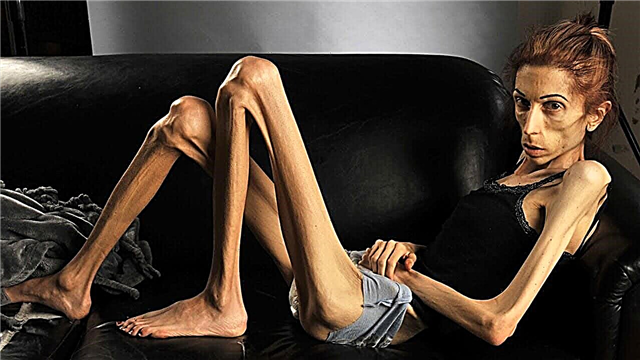Each year, experts from the World Economic Forum think tank compile ranking of countries in terms of gender equality. To determine how equal women and men are in their rights and opportunities, they use 14 different indicators.
In 2012, the study covered 135 countries. Russia occupies only the 59th line of the rating. Experts believe that in our country, women do not have sufficient influence in economic and political life, they have less career opportunities and lower wages. The last line in the ranking is Yemen.
Our top ten countries are those that have taken leading positions in terms of gender equality.
10. Switzerland
Surprisingly, until 1961, it was Switzerland that remained the last European republic where women did not have the right to vote. Obviously, over the years, women have made significant strides in terms of equality - Evelyn Widmer-Schlumpf was elected president for the third time in a row in 2011.
9. Nicaragua
No other state in Central and South America shows such gender equality as Nicaragua. Women here are actively involved in public life - in the parliament about 20% of the seats are occupied by just ladies.
8. Philippines
Until 2010, the country was headed by a woman president. Despite the fact that all over the world, Filipinos are considered modest and humble, in their homeland they have enough rights on a par with men. They simply wisely prefer not to state universally about gender equality.
7. Denmark
Charming Helle Thorning-Schmitt has been named the country's Prime Minister since 2011. And Queen Margrethe II has been the head of this monarchical state since 1972. So with regard to Denmark, we can say that in this country, concern for gender equality can be shown more likely by men.
6. New Zealand
The share of women in the cabinet of the country is almost 30%, in the parliament - 33%. By the way, New Zealand is one of the rare countries where the number of men is almost equal to the number of women.
5. Ireland
Women in the country's government are about a fifth. The local ladies got the right to vote in 1918. Today, the Irish are considered in Europe much more emancipated than the natives of neighboring Britain.
4. Sweden
The countries of Northern Europe are traditionally famous for the level of gender equality. In the history of Sweden there is an unprecedented fact when, from 1718 to 1771, the country introduced suffrage for women. Today in the Swedish parliament 44% of women, in addition, 45% of members of the government also belong to the fair half of humanity.
3. Norway
In the government of the country more than half of the ministers are women, while men still hold the highest posts. The salary level for men and women varies, but not significantly - the average difference is less than a thousand Euros per year.
2. Finland
Finnish women began the struggle for gender equality as part of the Russian Empire. It was the Grand Duchy of Finland that became the first region of a huge power, where in 1907 the right to vote was introduced for women. Today, the proportion of women in the country's parliament is 40%, and in the government 63%. Until March 2012, the president of the republic was Tarja Halonen, who held this post for 12 years.
1. Iceland
This northern country has become a leader ranking of countries of the world on gender equality. As in New Zealand, the number of men and women in the country's population is approximately equal in all age groups. Currently, the head of state is a man, President Olafur Ragnar Grimsson, the head of government is a woman, Prime Minister Johanna Sigurdardottir.












